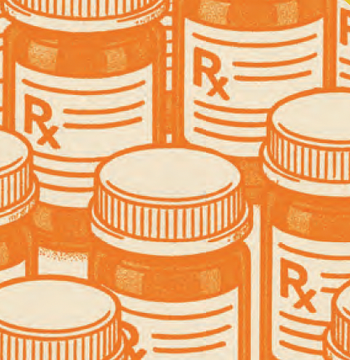
Symptom Screening Insufficient to Reopen Colleges Amid Pandemic
Will screening be based on symptoms alone? How accurate and fast must tests be?
There are a host of social problems associated with both reopening colleges and staying the course with respect to purely online learning.
One solution proposed to this moral quandary involves mass-testing for SARS-CoV-2 at the campus level. How screening should be conducted, however, is another quandary in itself. Will screening be based on symptoms alone? How accurate and fast must tests be?
Investigators publishing in
The modeling was based on a hypothetical cohort of 4990 college-age students without SARS-CoV-2 infection and 10 students with undetected asymptomatic cases.
The decision and cost-effectiveness analyses looked at tests of varying frequency (every 1, 2, 3, and 7 days), sensitivity (between 70%-99%), specificity (98%-99.7%), and cost ($10/test-$50/test).
There were 3 epidemic scenarios played out, with reproductive numbers (Rt) of 1.5, 2.5, and 3.5 and additional infections imported.
The model worked from assumptions of a symptomatic case fatality risk of 0.05% as well as a 30% probability that cases would eventually lead to observable COVID-19—symptoms in cases.
Model projections were also based on an 80-day, abridged fall 2020 semester.
Across the epidemic scenarios, test frequency was more strongly associated with cumulative infection than sensitivity. Authors suggested that “frequent screening (every 2 days) of all students with a low-sensitivity, high-specificity test might be required to control outbreaks with manageable isolation dormitory utilization at a justifiable cost.”
Screening every 2 days resulted in 243 cumulative infections, daily isolation of 76, with 28 students (37%) who are isolated with true-positive results.
Authors noted that they intentionally excluded the effect of screening on faculty, pointing out that this represents a higher proportion of more medically vulnerable individuals which complicates matters. They also assumed that no students would arrive on campus with immunity to COVID-19. If concentration of infection among the young could somehow take place with measures targeting protections for faculty, such as mask use in classes and outdoor learning, spread among low-risk individuals could be neutral to beneficial at the population level.
Overall, the authors argued that with 2-day screening and vigorous measures, colleges could technically be reopened. However, they strongly emphasized the precarity of the situation.
“This sets a very high bar—logistically, financially, and behaviorally—that may be beyond the reach of many university administrators and the students in their care,” the study investigators cautioned.
Newsletter
Stay ahead of emerging infectious disease threats with expert insights and breaking research. Subscribe now to get updates delivered straight to your inbox.



























































































































































































































































































































